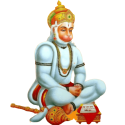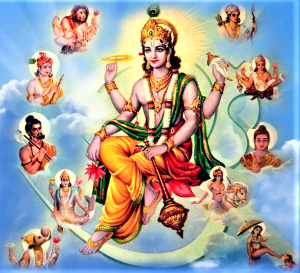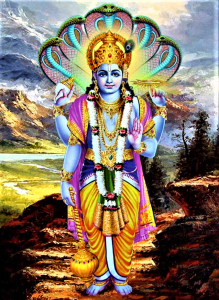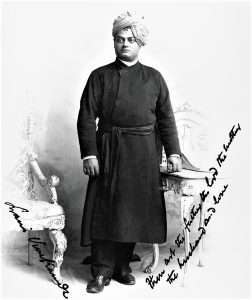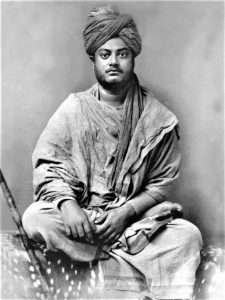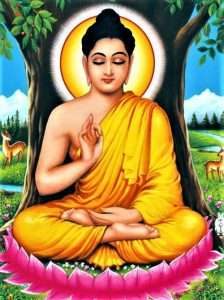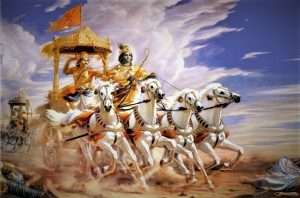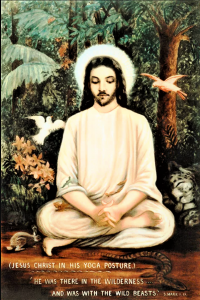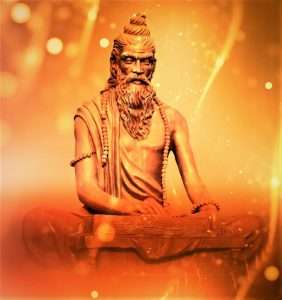Tantra and Yoga

History of Tantra and Yoga – Tantra is a great school of spiritualty in which Yoga is a faculty and curriculum only. Hence Tantra includes various range of knowledges including Yoga; particularly Hatha Yoga which is the most common practice today. Tantra was a worldwide culture at some point in the history of time. Nobody knows exactly how it evolved but from a logical point of view it seems as an evolution in course of time according to human needs. A careful study provides some important information which leads to the idea of ancient sects in Tantra. These sects believe in a certain existence of God or Goddess. They prescribe methods of worship, rituals, certain guidelines for way of living, relevant practices and so on for a grand state of life and spiritual illumination. They are –
Shaiva Tantra in which God Shiva is the master and Goddess Parvati is the disciple.
Shakta Tantra in which Shakti/Goddess is supreme.
Vaishnava Tantra in which God Narayana is the chief.
Ganapatya Tantra in which God Ganesha is the chief deity.
Saura Tantra in which the Sun God is the primordial force.
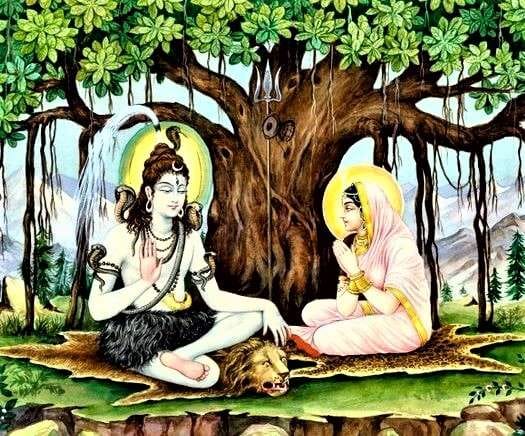
These are the five main classifications of Tantra. It is said that there were 14,000 Tantric texts in existence. Now, only a few texts remain for most of the traditional texts have been lost or destroyed. Yoga itself and what we practice today (Asana & Pranayama etc.) evolved from Tantra, hence Yoga is a part or a topic of Tantra.
Authors of Tantra and Yoga – God Shiva is the main author of Tantra and Yoga. He is the Guru and His eternal wife Parvati is the Shishya (Disciple). Hence both Shiva and Parvati are the chief figures in Tantra. Most of the books in Tantra are in dialogue forms in which Goddess Parvati questions and God Shiva answers and Vice-versa. In some of the books of Tantra, God Shiva questions and Goddess Parvati answers. Therefore we have these two people in two different roles; sometimes as a student and sometimes as a teacher. The books in which God Shiva answers are called Agama and the books in which Goddess Parvati answers are called Nigama.
Meaning of the term Tantra – The Sanskrit word Tantra comprises of two words, “tanoti” which means “expansion” and “tarayati” which means ‘liberation’ respectively. Therefore, Tantra is the means of expanding the consciousness (mind) and liberating the energy. The subject matter of study in Tantra is mind. Tantra initiates with knowing the limitations and capacities of body and mind and then it prescribes ways for the expansion of consciousness (mind) and the liberation of energy through which individual limitations are transcended and higher reality is experienced. Tantra is the science of seeing, feeling, knowing the infinite in and through the finite. Tantra aims at expanding the experience of everyday life, of enjoying and living life to the full, as a means to higher awareness. It encompasses all aspects of life, whether in the material world or that which is transcendent. It is in the widest sense a universal system. It has been and still is a way of life for various diverse groups of people throughout the world.
Misconception about Tantra – In the course of time lots of misconception about Tantra cropped up and at present the narrowest and the most repugnant sense about Tantra is “Sex”. To this we would say, Tantra was and is even now misunderstood. In the very past for some reasons some practices in Tantra that fulfils material desires became more into practice which in turn worsened the grand purpose of Tantra. Therefore, this knowledge was shadowed by doubts and scepticism. Nevertheless, Tantra and its grand philosophy are always relevant.
Scope of Tantra – Tantra concerns the whole realms of the physical, psychic, mental and spiritual. It concerns not only the work, play, devotion, thought but also so many other parts of human affairs. A Tantric text called the Varahi Tantra gives an elaborate description of the subjects of Tantra. They are as follows –

- Consciousness
- The creation and destruction of the physical universe (shristi and pralaya)
- Worship of deities (devi or deva pooja)
- Classification of beings
- The heavenly bodies – astronomy and astrology
- The different levels of awareness (lokas/planes)
- The psychic pathways and centres in the human framework (nadis and chakras)
- Laws and duties in society
- Sacramental rites (Samskaras)
- Consecration of forms of deities (murtis/statues)
- Incantation (mantras)
- Magic circles (mandalas and yantras)
- Symbolic and invocative gestures (mudras)
- Spiritual practices (sadhana)
- Worship (pooja) both internal and external
- Consecration of houses, wells, etc.
- Description of holy shrines
- Magic (yogamaya sadhana)
- Ceremonial rites and initiations (diksha)
- Yoga – including Asana, Pranayama and Meditative methods etc.
- Medicine of many types, including Ayurveda which is a herbal science combined with Yogic practices
- Science
To this list, we would add that Tantra also included alchemy, the art of living a fruitful and blissful life, and the use of sexual energy as a means to unfold higher awareness. The world famous Kama Sutra composed by great sage Vatsyayana is also a tantrik text that includes many grand talks on man and woman relationship at many levels.
Tantra and Veda – According to reliable source of study we opine that Tantra predates even the Vedas. The philosophy of Tantra and Vedas are the same. But some parts from Tantra has not been included in the Vedas when they were structured and penned down by great Veda Vyasa. The reason behind this was that many of those left out topics in Tantra were misused and abused by the practitioners. So the authors in those time discussed only what was needed. Even the Yoga Sutra of Pananjali; an offshoot of Samkhya Philosophy, inculcate the same ideas of Tantra but in a more sophisticated way according to the time it was composed. However, there is always a scope of agreements and disagreements to these discussions. Now we understand and find out Tantra, its antiquity and its relevance in the past and even today.
Yoga and its meaning – The Sanskrit word Yoga is derived from root word “yuj” which means ‘to join’, therefore Yoga literally implies ‘unity’ or ‘oneness’. This unity or joining at transcendental level implies the union of the individual soul with the cosmic soul. On a more practical level, Yoga provides also means of balancing and harmonizing the body, mind and emotions. This is possible through observing the disciplines of Yoga before transcendental union may dawn on individuals.
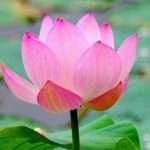
Tantra and Yoga – All the practices in Yoga such as Asanas, Pranayama (breathing techniques), Kundalini – the technique of psychic awakening, Hatha Yoga – the method of balancing the sympathetic and parasympathetic nervous systems, Mantra Yoga, Kriya Yoga and so on, all originated from and are still included in Tantra. Even the words Yoga and Tantra mean the same thing: both mean to expand consciousness to liberate it.
The relevance of Yoga at present – In the present century, a colossal spiritual wave is surging globally, so the relevance of Yoga stands peerless. Apart from providing means for realising spiritual aims, Yoga has succeeded also as a matchless alternative into mending many physical, mental, emotional and psychic maladies such as asthma, diabetes, blood pressure, arthritis, digestive disorders and other ailments which are chronic and constitutional in nature where modern science stands mum. At present, this is one of the most significant achievements of Yoga about which the modern medical scientists opine on the basis of their experiments that “Yoga becomes successful because the practices of Yoga create a balance in the nervous and endocrine systems that in turn influences other systems and organs of body”. Beyond the needs of individuals, when the world now seems to be at a loss, misunderstanding and ignoring past values without being able to establish new ones, Yoga provides concrete means of support and systematise many things that are essential for human evolution.
With Love and Gratefulness (Founder Rohit Kumar)
Source – Texts on Tantra, Yoga, Teachings of Swami Satyananda Saraswati and personal study.
Hari Om Tat Sat!

